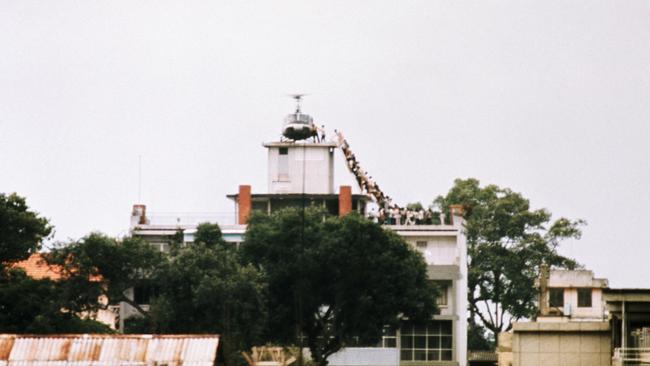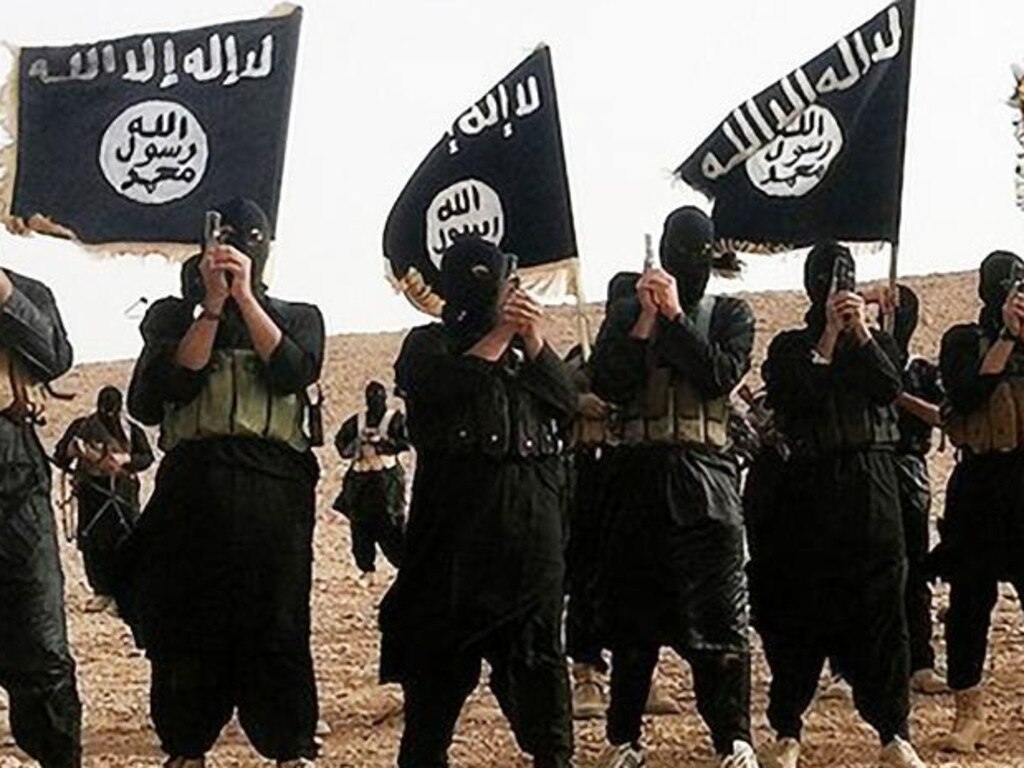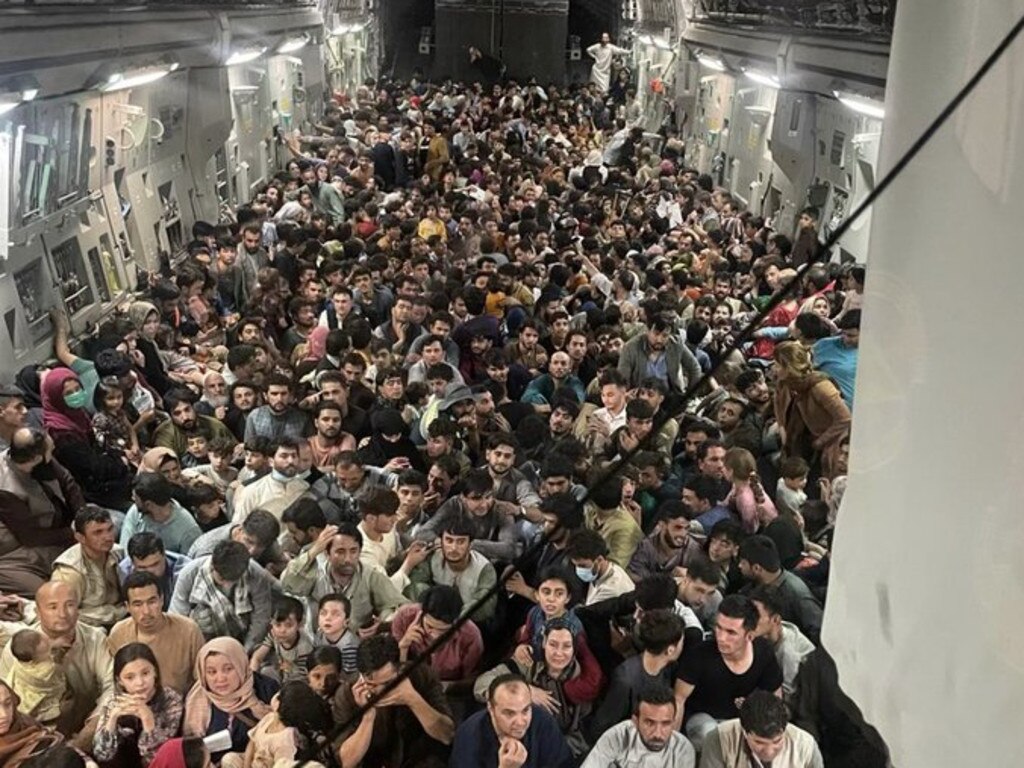Twenty years apart, ‘falling men’ are linked by a common horror


On September 12, 2001, many published the chilling picture that became known as The Falling Man, by Associated Press photographer Richard Drew.
The public debate was intense, with media criticised by some for exploiting the image of a man – who has never been identified – as he crashed down that Manhattan morning.
Over the years we have seen many more images from that September day, images from inside and outside the towers that have been incredibly challenging.

Yet Falling Man is seared into our memories.
We wonder at the horror of his last moments, of an ending beyond words.
Two decades on, the decision to publish – and view – shocking video of people falling to their death from the wheels of a US military plane above Kabul airport is far easier, yet no less confronting. This time, the humans – there appear to be three – who were so desperate to live that they clung to a jet during takeoff are tiny pinpricks against the sky as they tumble to earth.
There are warning signs online that these pictures could be distressing, but the video will be viewed by most of us, spurred by a mixture of curiosity and a sense too that we owe it to the dead to acknowledge this tragedy. More terrible, because we see their faces, are the pictures of people running along the tarmac. We see several clutching the underbelly of a plane as it begins to leave and read that three will fall to the ground to be run over by the plane.
The dramatic scenes in Kabul are easily compared with the fall of Saigon and the evacuation of Americans and some Vietnamese from the US embassy compound in April, 1975 as that war came to an end.

The helplessness of the West in both cases is shockingly captured in these images of airlifts, almost 50 years apart, that were so limited and so unfair to those left behind to face unimaginable hardship.
But equally chilling is the comparison with New York as we prepare for the 20th anniversary of 9/11 and note the terrible irony of these falling bodies linked by the terrorism that destroyed the World Trade Centre in 2001. Within a month, the US launched its invasion of Afghanistan in pursuit of the Taliban-assisted al-Qa’ida leaders who perpetrated the Twin Towers attack.
It was an action by the West that later morphed into the seemingly endless effort to “save” Afghanistan by transforming it into a democracy.
We are horrified by the disaster playing out in Kabul this week, just as we reeled in shock 20 years ago. But back then, we knew who to blame. Today it’s not so clear. We surely share the guilt as a country spirals into the unknown and its people plunge to their death from the sky.
We did not create the Taliban but, equally, we were unable to halt its victory.







Nearly 20 years ago, in newsrooms around the world, journalists wrestled with the ethics of publishing the horrifying images of people falling to their death from the Twin Towers.